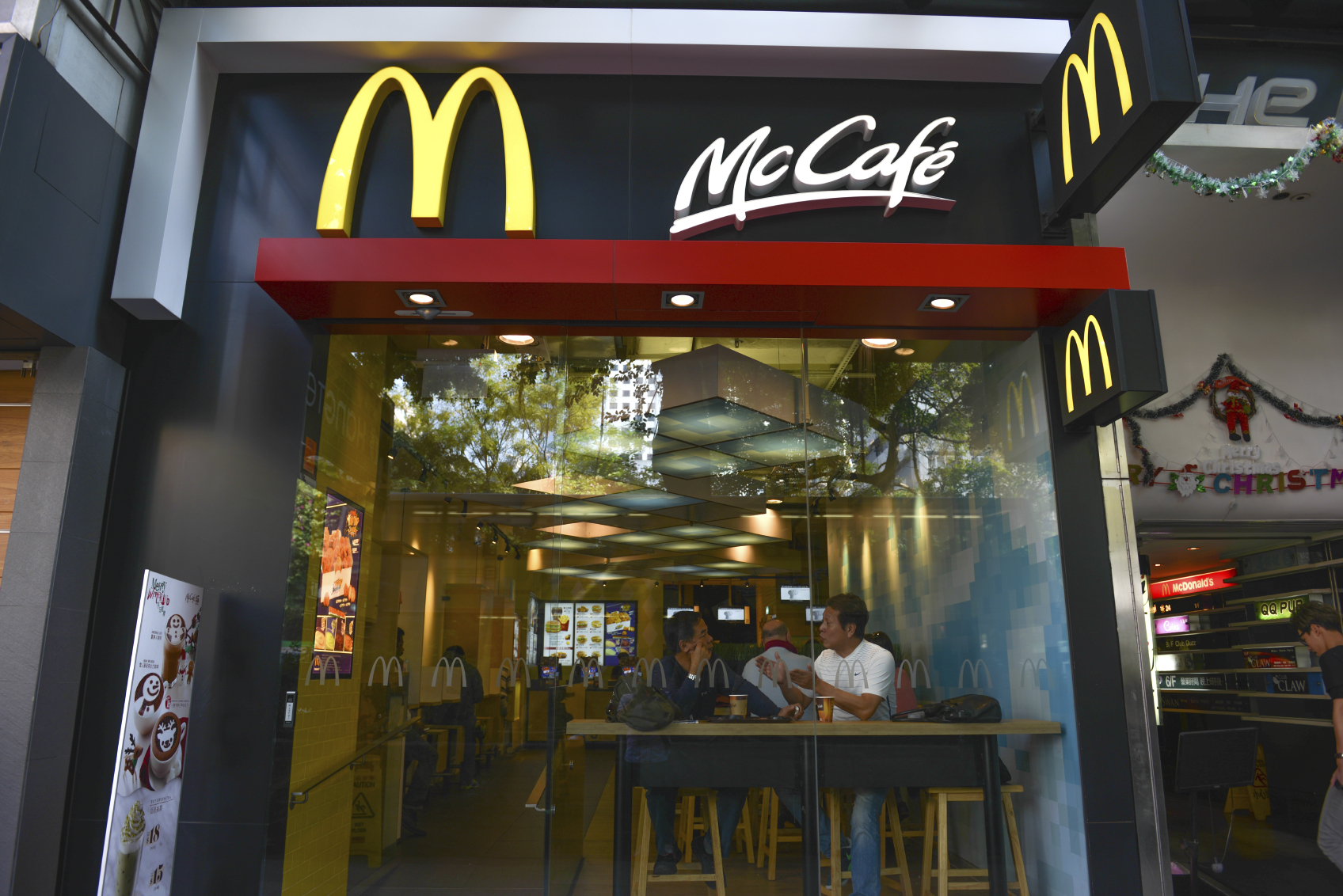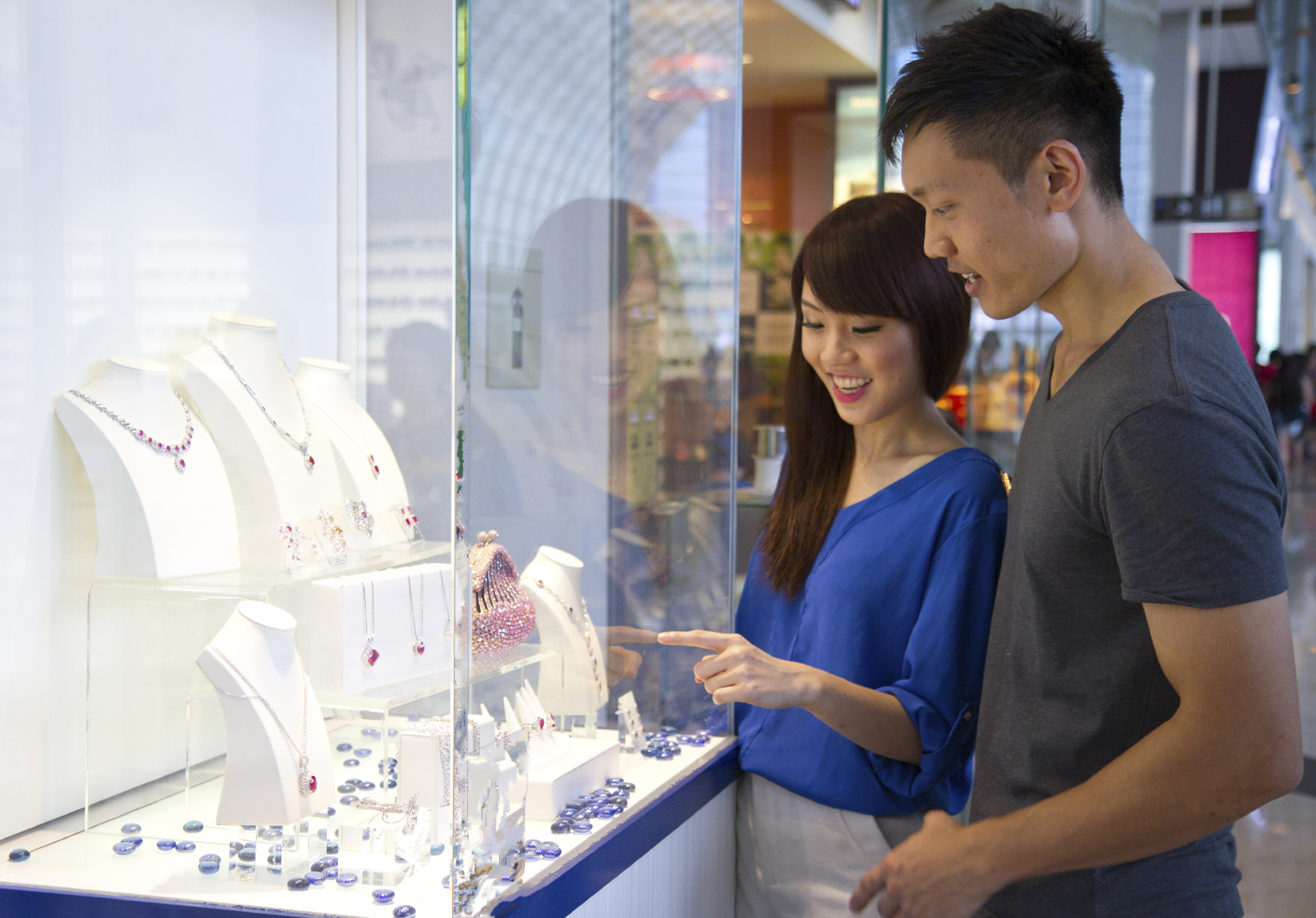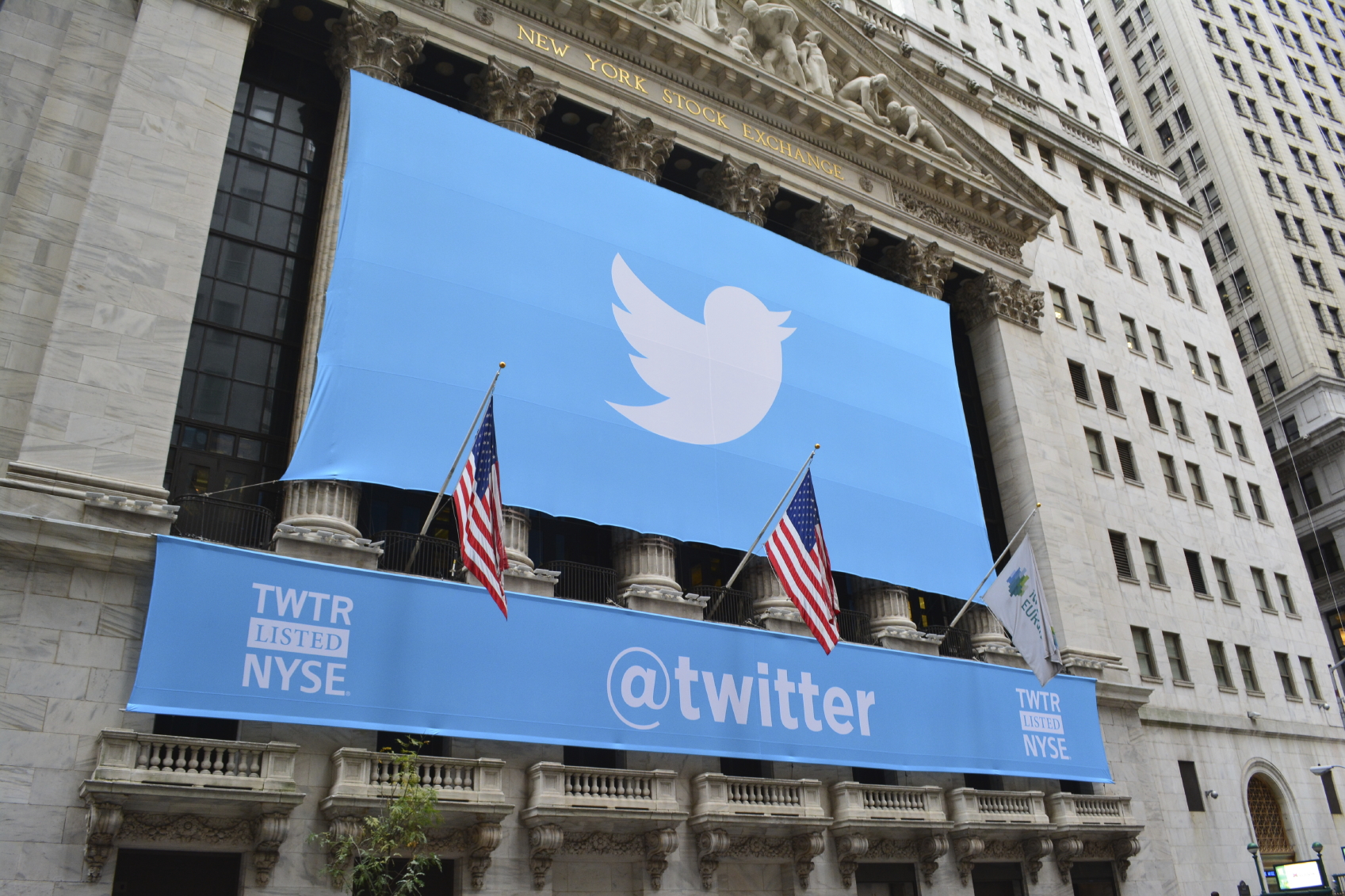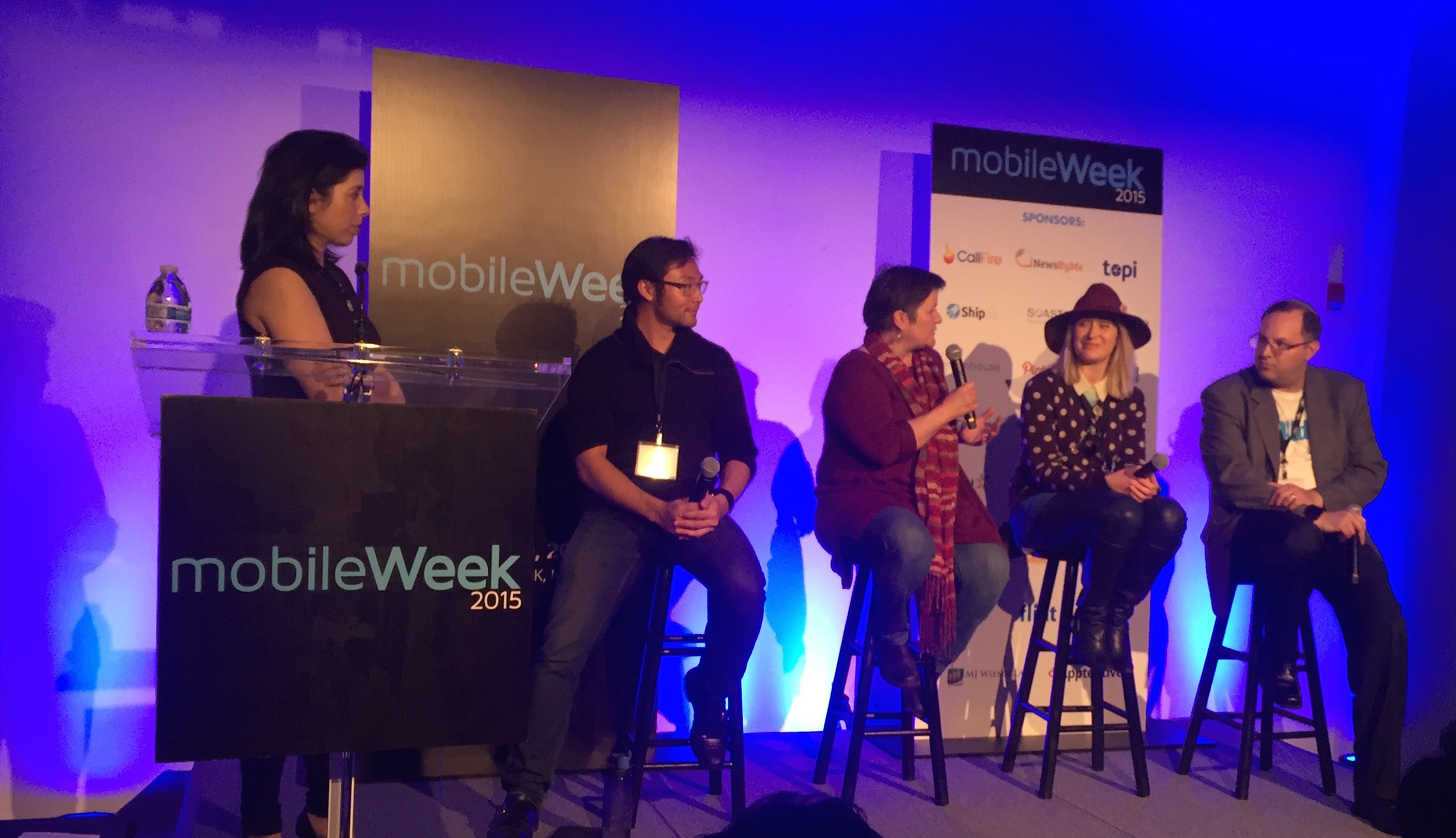Yesterday, the Lab trekked into the west end of Hell’s Kitchen to attend the first day of MobileWeek 2015. Great talks were given on new developments in the rapidly growing mobile world, and enthusiastic discussion on the future of mobile ensued. Here are the four key takeaways for brands seeking to conquer mobile.
Connectivity is Growing
The evolution of the connected car has long been on our radar and mobile is the current medium fueling it all. Vijay Doradla of Verizon predicted that “by 2025 every car shipped in the world will have some sort of connectivity”. He also believes that the underlying fabric of this revolution is due to low latency and the ability of the network to scale to consumers.
Make Data More Ubiquitous
“There’s too much data out there and too many secrets”. Kurt Collins of built.io explained that if we create a back-end that holds the data of all our mobile devices, we can have a more seamless experience; currently, bowered, data is stuck in silos. In order to have a fully unified experience, Collins believes that the implementation of “personal API’s” that can access all data on all devices will enable personal preferences to continue across all interfaces.
Mobile Security Matters
Gary Davis of Intel put the importance of mobile security in perspective: “the value of the data that sits on your phone is worth 10x that of a stolen or breached credit card”. With the progressive growth of IoT, our connected devices are producing prolific data and the weakest link in this ecosystem of connectivity is the smartphone. Davis states that “30% of people don’t have a pin or password on their smartphone”, which is alarming considering the hypergrowth of malware in mobile apps. Davis also predicts that the “adoption of NFC for digital payments from mobile devices will attract cyber thieves”. Similarly, Andrew Sugaya of APX Labs expressed his concern towards the security concerns of connected devices when discussing the future of wearables.
New Tech To Blend Into The Background
During his presentation on the endless potential of beacons, Kevin Hunter of Gimbal made it clear that the beacon is not only great at sending contextual value offers in retail environment, but can also power new discoveries and experiences at events or venues, seamlessly bridging reality with the digital world. Wearables could be a particularly effective medium for this, but for wearables to go mainstream, they have to seamlessly blend into the background with a natural, intuitive user experience.




